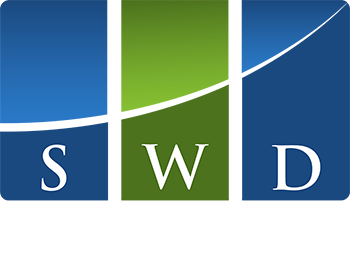In 2020, waves of ransomware attacks crashed down on hospitals and other healthcare providers, peaking in the fall. School districts were walloped by attacks, and both businesses and local and state governments faced similar attacks at equally alarming rates.
Ransomware has been around for decades. It’s a well-known threat, but one that’s difficult to eradicate—something as simple as clicking a link or downloading a malicious attachment could give attackers the foothold they need.
After watching these attacks in 2020, experts say that the problem has escalated and that the ransomware forecast for 2021 looks dire. Attackers are growing bolder; they’ve begun to incorporate other types of extortion, such as blackmail, into their arsenals, by exfiltrating an organization’s data and then threatening to release it if the victim doesn’t pay an additional fee.
Most significantly, ransomware attackers have transitioned from a model in which they hit lots of individuals and accumulate many small payments to one in which they carefully plan attacks against a smaller group of large targets, from which they can demand massive ransoms.
Result? Antivirus firm Emsisoft found that the average requested fee increased from about
$5,000 in 2018 to about $200,000 last year.
Study these tips from leading professionals to make sure you don’t allow your employer to be held up for ransom:
Pay attention to basic security hygiene, creating strong and unique passwords. Never click an emailed link unless you’re 100% certain it is valid.
If your position involves the allocation of funds, whether at a corporate or department level, be extra vigilant; you are a prime target for ransomware artists.
Whether in emails, phone calls, or text messages, never allow yourself to be rushed into divulging sensitive personal or company data.
Copyright © 2024
Strategic Wealth Design
